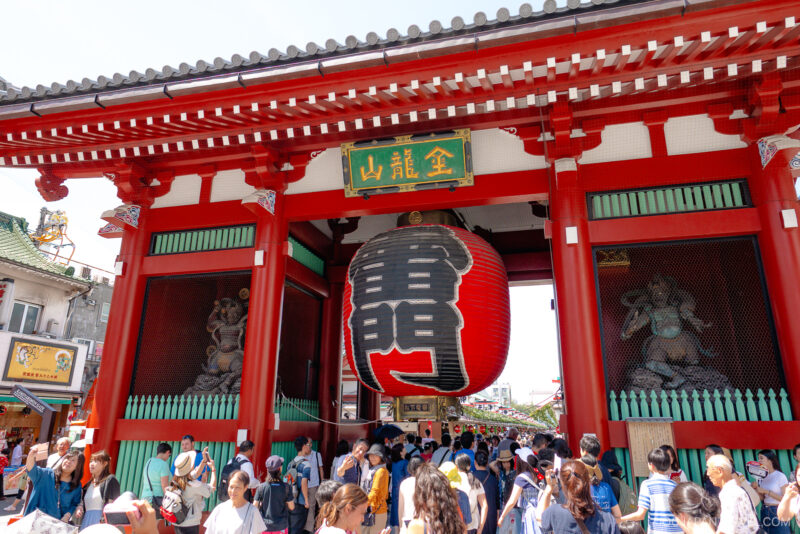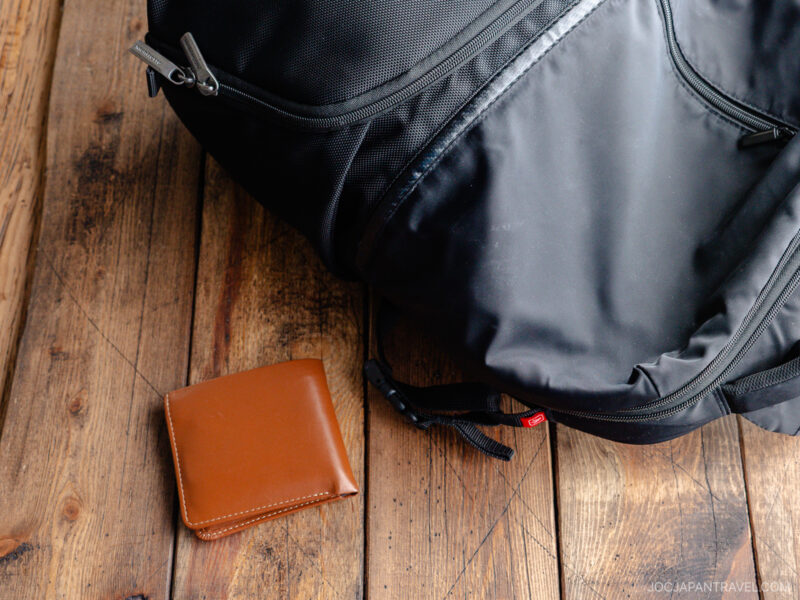This post may contain affiliate links. Please read our disclosure policy.
Japan is one of the most family-friendly destinations in the world, with stroller-friendly trains, playful parks, and delicious kids’ meals that make traveling with little ones a joy.

Getting Around Japan with Kids
Public Transportation
Japan’s trains and buses are fast, clean, and reliable, but traveling with young children takes some planning. We learned to avoid rush hours (7–9 AM and 5–7 PM) since trains get extremely crowded. Not every station has elevators, so checking Google Maps for “wheelchair accessible” routes was a lifesaver.
Strollers are allowed on public transit, though we were sometimes asked to fold them when space was tight. For shorter rides, a child carrier or sling made things easier. Kids under 6 ride free with a paying adult, while ages 6–12 pay half fare. Priority seating is available, but it’s polite to wait until offered. On local trains, eating and drinking is discouraged—save snacks for the shinkansen (bullet trains), where food is welcome.
Car Rental and Driving

For exploring rural areas, renting a car was very helpful. Children under 6 must use a car seat (taxis are the exception), and seat belts are required for all passengers. Car seats can be booked in advance, but we recommend bringing your own if you want to be sure it fits properly.
Staying in Hotels or Ryokan with Kids
Most hotels provide baby beds or guards for young sleepers. In ryokan inns, futons are laid directly on the tatami floor, which removes worries about kids rolling off beds. When we stayed in Airbnbs, we messaged hosts ahead of time to ask about baby items and extra space—Japanese homes can be compact.
Dining Out with Kids in Japan

Eating out with kids was easier than expected. Many restaurants offer high chairs, children’s utensils, and okosama lunch (お子様ランチ), which includes rice, meat, fruits, and dessert. Affordable family-friendly chains like Saizeriya, Ootoya, and Tonkatsu Maisen were great options, and department store food halls gave us endless choices.
Convenience store bentos also became picnic lunches in parks. For fine dining, especially Michelin-starred restaurants, kids are not always welcome—calling ahead avoids disappointment.
Diaper Changing, Nursing, and Toilets
We were impressed by how many stations, malls, and department stores had diaper-changing tables and nursing rooms. The Mama Papa Map app helped us find facilities nearby. Public nursing is allowed but usually done with a cover. Family bathrooms are common, and public toilets are very clean, often with toddler-sized seats.
Buying Baby Essentials in Japan
Running out of diapers was never a problem. Stores like Akachan Honpo and Babies “R” Us stock everything from formula to toys, while drugstores carry diapers, wipes, and snacks. Clothing sizes are measured in centimeters (size 90 fits about 1.5–2 years). We shopped most often at Uniqlo, Muji, and Nishimatsuya.
What If Your Child Gets Sick?
Bring cash—some clinics don’t accept cards. Larger hospitals in cities often have English-speaking staff. If you’re in Tokyo, most hotels have a free Tokyo guidebook, and in the back, it has names and information for hospitals that speak English.
Best Parks and Open Spaces for Kids

Japan’s parks are perfect for breaks between sightseeing. In Tokyo, we loved Ueno Park, Shinjuku Gyoen, and Yoyogi Park for open space. For playgrounds, Sakurazaka Park and Shinjuku Chuo Park were favorites.
And, of course, big theme parks are always a hit: Tokyo Disneyland and DisneySea, KidZania Tokyo and Osaka, Universal Studios Japan, Tokyo Dome City, and Huis Ten Bosch in Nagasaki.
When Is the Best Time to Visit Japan with Kids?

We recommend autumn and winter. October and November bring crisp weather and colorful leaves. January and February can be chilly but often include snow, even in Tokyo. Spring cherry blossoms are stunning but very crowded, and summers are hot, humid, and sometimes affected by typhoons.
More to Explore Nearby
If you’re planning a family trip, these destinations are especially fun with kids:
- Tokyo Disneyland & DisneySea – A magical stop for children of all ages
- Ueno Zoo – Japan’s oldest zoo, home to pandas and family exhibits
- Kidzania Tokyo – A role-playing city where kids can try real-world jobs
- Odaiba – A futuristic entertainment hub with museums, shopping, and seaside views




